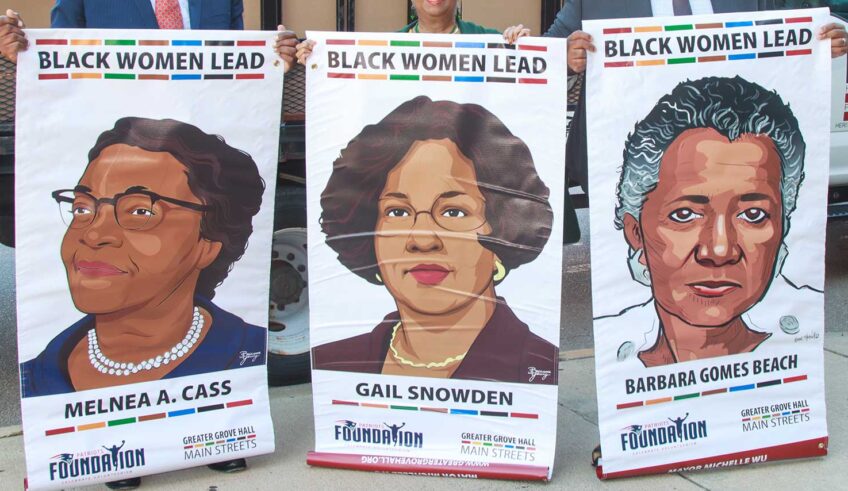If there was ever a contrast in the way two separate and seemingly removed from each other police abuse cases were handled, the New York Police Department and the California Highway Patrol cases fit the bill. First there’s the CHP. On July 19, this writer received a detailed reply from the CHP’s Chief Legal Counsel in direct response to my petition filed under the California Public Records Act for the release of information on the CHP officer that beat Marlene Pinnock on July 1 that was captured on video. The information requested included his identity, and information on any prior complaints or allegations of misconduct against the officer. The CHP said no. Its rationale was that “the disclosure will endanger the witness or other person involved in the investigation.” Since we know who the victim is, namely Pinnock, the presumption is the “other person” is the officer who beat her.
In the New York City Police abuse case the abuse was the chokehold death of Eric Garner on Staten Island two weeks after the Pinnock beating. In sharp contrast to the CHP, the NYPD quickly identified the officer, Daniel Pantaleo. It did not require the filing of a petition for the department to disclose.
It’s crucial to know exactly who the officer or officers involved in misconduct cases against civilians are for many reasons. They are sworn public employees. This means their salaries are paid by the civilians and taxpayers. They work for a department whose prime job is to engage, interact with, to serve and protect the public. They take an oath to that effect. The shielding of a public official or employee from the very public their sole mission is to serve, makes a mockery of the loud and long pledge from public officials to transparency and accountability in their actions. But most importantly, public disclosure gives the public a clearer window into whether there has been a history, or pattern and practice of prior complaints of misconduct, lawsuits, their duty performance, and general work history.
This is not simply public voyeurism. In the case of Pantaleo, the disclosure quickly turned up information that he had been sued twice by blacks for alleged harassment, abuse, and unlawful arrest. This is not smoking gun proof that Pantaleo had a malicious intent or racial animus in the choking of Garner. But it certainly does send up thick smoke signals that there is a possible racial fire in the actions of Pantaleo. This is the history of prior conduct and charges by a public employee that a public agency, any public agency, seemingly would want to disclose if for no other reason than it makes credible its loud protests that it has nothing to hide or cover-up when one of their employees is plopped on the hot seat for alleged misconduct.
This certainly should have been but so far is not the case with the CHP in its refusal to release the identity and information on the officer that beat Pinnock. This refusal flies hard in the face of a California Supreme Court near unanimous ruling in May that police department must disclose the names of officers involved in officer related shootings. The majority justices were firm and clear in stating that releasing names of these officers is a check to hold police departments accountable and trumps general safety concerns. What this meant was that police departments routinely balk at disclosure of any information about officers involved in alleged misconduct because of a supposed physical threat and danger to their lives.
There has not been one documented case in any of the many cases where police departments have identified these officers where an officer has been harmed or assailed. The court recognized that this was just a convenient dodge departments that don’t disclose (a number do) officer identities use to duck accountability. The CHP for its part says it has documented physical threats to the officer. Yet there is no way to know just what those threats were and how great the real threat. The public then without disclosure is forced to rely on the agency’s word.
The CHP and other police departments that refuse to disclose the name and track record of the officers that commit abuses without providing clear and present evidence of the danger to them does a colossal disservice not just to the public but also to the departments themselves. It erodes their credibility, opens them wide to the charge of cover-up, and makes them even more susceptible to massive judgments and settlements. The near textbook proof of that is the very case that the California Supreme Court ruled on in the officer disclosure case. The Long Beach Police Department argued against disclosure on the grounds that it would jeopardize the safety of two officers involved in shootings. It meant little. The city had to pay out a gargantuan $6.5 million to the family of the shooting victim. This was only one of many costly settlements that ultimately taxpayers were on the hook for.
The NYPD officials acted squarely in the public interest when they released the name of the officer involved in the death of Garner. It took a big step toward fulfilling its public mandate of transparency and accountability. So far, the CHP hasn’t taken that step.
Earl Ofari Hutchinson is an author and political analyst.






